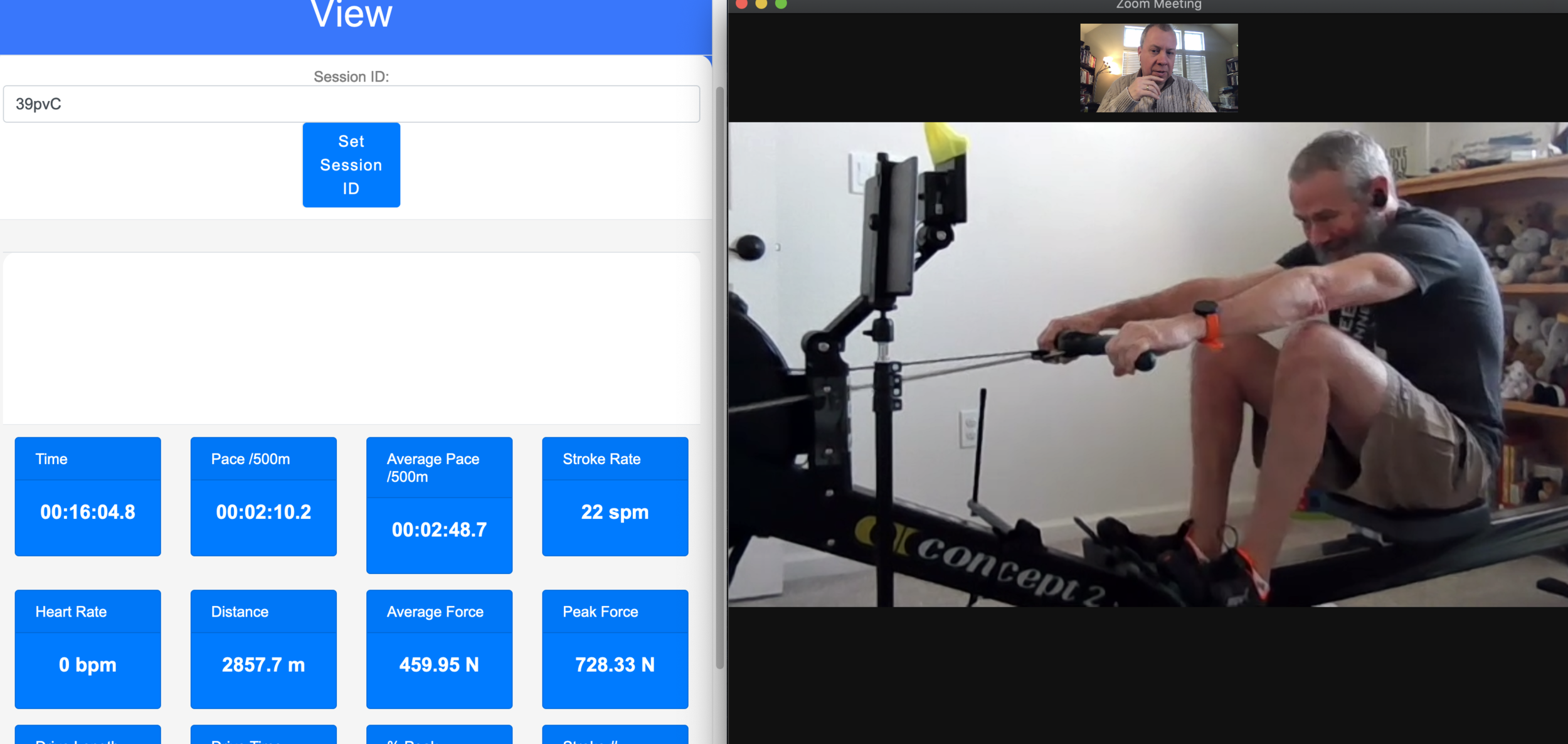A Simple Way to Position Rowers At Catch and Finish Angles in Team Boats
John Thornell
by John Thornell, Grok Rowing Founder, Stonington Crew Girls Head Coach
An earlier blog post presented a simple method to position rowers at desired catch and finish angles: string!
This is particularly useful in singles where it’s challenging for scullers to see pre-set angle markings on the gunwales or stern deck—markings that they should align their oars with. (To learn more about setting these angles, please visit the Catch and Finish Angles, Why and How to Set Them blog post).
In team boats, there’s another simple way to position rowers.
Sitting at the finish, rowers can simply reference tape affixed on the gunwales. To achieve the desired finish angle, the oar shaft should be positioned directly over the tape marking.
At the catch, rowers’ stern partners can turn around and check oar alignment. Again, the oar shaft should be positioned over the tape marking the intended catch angle.
In team boats where stroke seats do not have coxswains that can help with the catch angle, a coach in a launch can help position rowers.
The goal is to center rowers between the desired catch and finish angle. Rowers should move their foot stretchers to bow or stern to position themselves properly.
Note: Angles are usually set from the center of the oarlock pin. This is true with the Angle Measurement Tool, too. So, taped markings on the gunwales should be positioned to the stern of the desired angle. This accounts for the offset created by the oarlock, oar sleeve, and oar shaft. This offset, from the center of the pin to the center of the oar shaft, is about 4cm in sculling and 5cm in sweep rowing. Positioning the tape to compensate for this offset will ensure rowers are at the correct angles.
Lineups change. Boats are shared by different crews. Fortunately, this is a quick and easy way for rowers to position themselves properly before practice.



